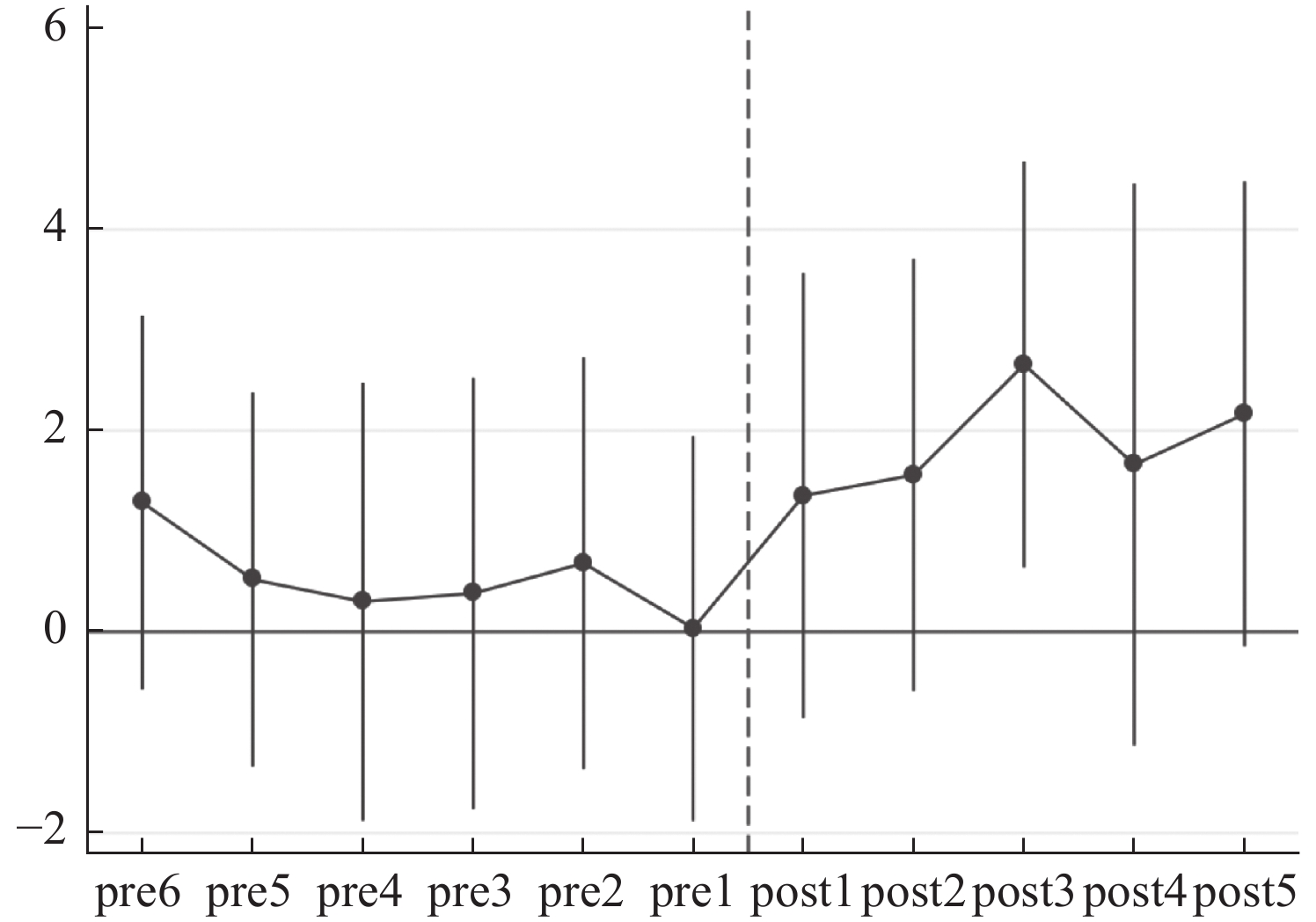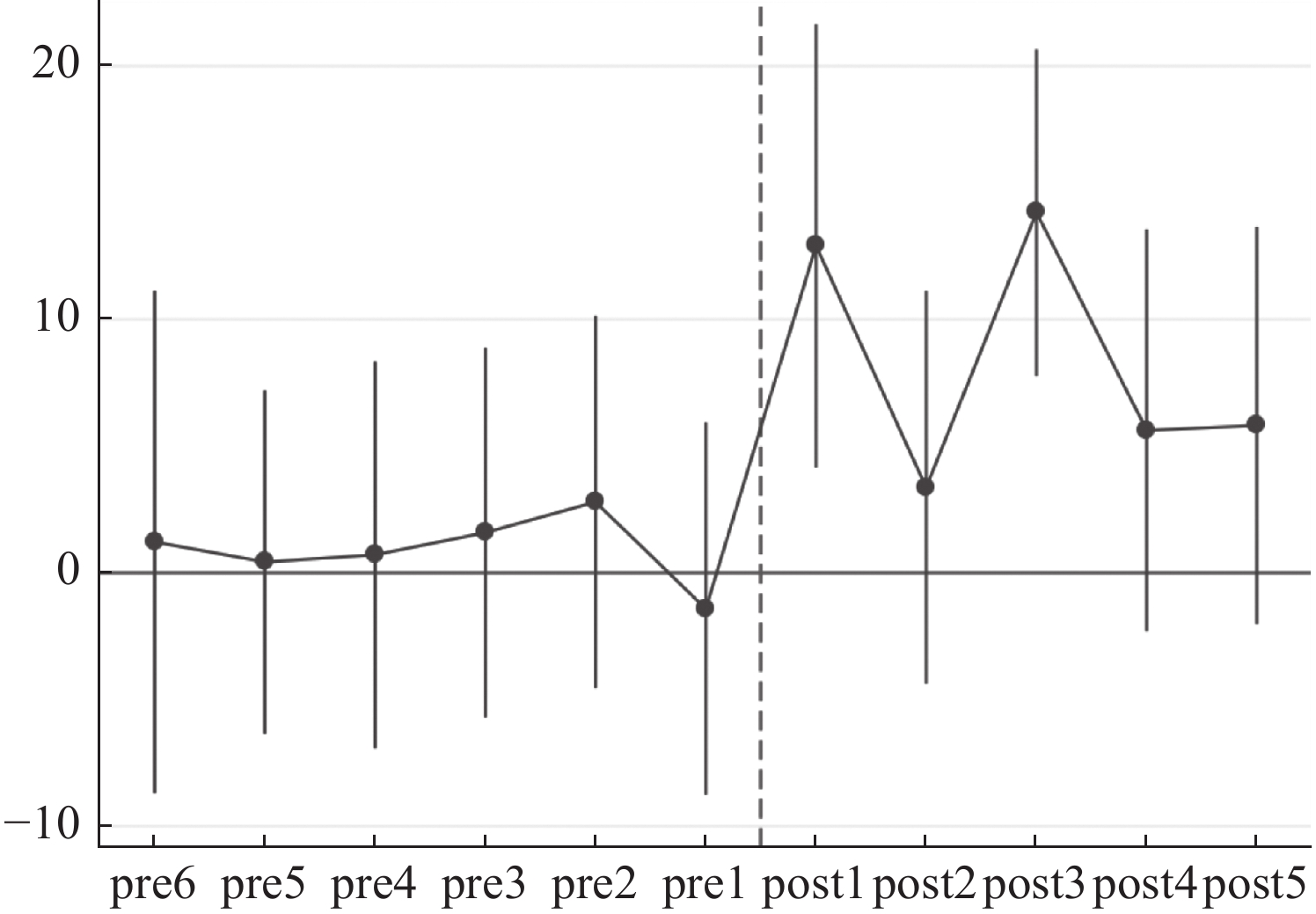How Industrial Policies Work
- Available Online: 2023-02-20
Abstract: Whether and how industrial policies work have long been an open question in academics and policy arena. Due to lacking counterfactuals and natural experiments, it is notoriously hard to identify the causal effects of industrial policies. A Priori if the markets are complete, there is no need for government interventions. Therefore, to justify industrial policies we need to identify the explicit forms of market incompleteness and the related mechanisms. “Made in China 2025” provides an ideal natural experiment to address this big question. The paper exploits this experiment to identify the effects and mechanisms of industrial policies. The results show that, generally, industrial policies produced positive effects on the treated firms. In terms of market completeness, industrial policies are especially positive for the industries with more binding credit constraint, more binding risk constraint, or more competition. In terms of production networks, the positive effects are more salient for the downstream industries. In addition, we use Difference-in-Difference model to capture the net effect of industrial policy. We find that “Made in China 2025” not only increased the actual investment but also improved the investment efficiency. The paper has important implications for which market failures to target, to make industrial policies work better and to achieve China’s high-quality development.




 沪公网安备 31010102003103号
沪公网安备 31010102003103号 DownLoad:
DownLoad:

